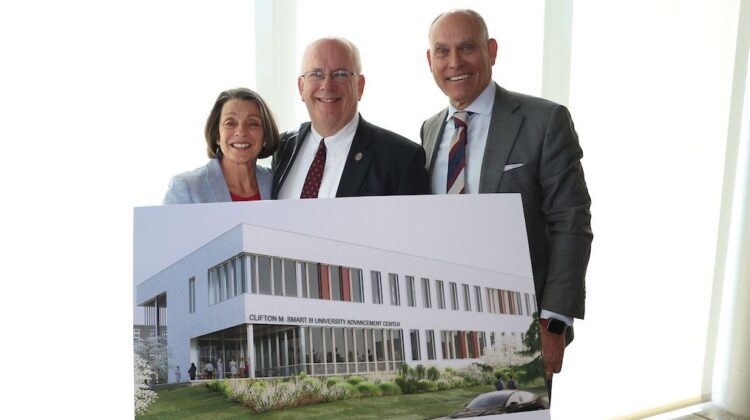During last week’s Board of Governors special meeting, the board approved tuition and fees schedules for the 2024-25 academic year for both the Springfield and West Plains campuses.
There are increases in both tuition and fees on both campuses. They align with the rate of inflation and are comparable with our fellow two-year and four-year state institutions in Missouri.
Sixty percent of our operating revenue comes from tuition and fees. We’ve all felt the impact of inflation in our daily lives over the last several years. To maintain our employee compensation levels and literally keep the lights on, we must factor in inflation when establishing our tuition and fees.
The breakdown
On the Springfield campus, the average increase in tuition-related costs will be $500 for most students. Below are the highlights:
- 4% undergraduate tuition increase – in-state tuition will increase from $279/credit hour to $290/credit hour. Out-of-state tuition will increase $24/credit hour to $621/credit hour.
- 9% graduate tuition increase – in-state tuition will increase from $348/credit hour to $379/credit hour. Out-of-state tuition will increase $62/credit hour to $756/credit hour. This increase is a little higher to bring us more in line with our peers and better cover our costs.
- $85 student service fee increase.
- The current $606 student service fee for students enrolled in at least seven credit hours will increase to $691.
- Room and board increase is less than 3%.
The detailed fee schedule will be published soon. There, you’ll also find other fees associated with specific areas of study in each of our colleges, along with other fees that support the university.
As I noted above, our increases align with our fellow Missouri universities. This means that we continue to maintain our status as one of the most affordable universities in the state and certainly the most affordable for a university of our size.
This upcoming academic year’s tuition and fees schedules have been wrangled by our relatively new Vice President for Administration and Finance Matt Morris. You’ve known him for several years as our vice president for administrative services.
We added finance to his title last year following the retirement of Steve Foucart, our long-time chief financial officer. Matt’s doing a fine job and was recently celebrated by the Springfield Business Journal as one of Springfield’s 2024 Men of the Year.
Thanks for all you do for Missouri State.
Clif





